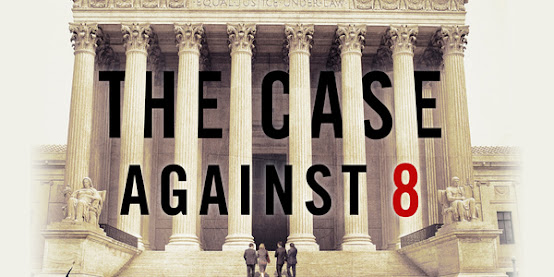Tuesday, November 29, 2022
Cross-Examination--How to Impeach with a Faulty Report—The Case Against 8
Wednesday, November 23, 2022
What is a reductio ad absurdum cross-examination?
Thursday, November 17, 2022
Wrecking Crew Cross-Examination: Impeaching Biased Witnesses
The victims of the Triangle Shirtwaist Factory fire in coffins
outside the building from which they jumped
This is a list of the impeachment wrecking crew that can be used in cross-examination:
1. Unreliability of the Observation
2. Faulty Report
3. Unbelievable Reporter
This like the two prior posts is dedicated to the Unreliability of the Observation Wrecking Crew. Specifically, here the focus is on impeachment by showing that the witness is biased or has an interest. Cross-examination of a witness for showing bias, prejudice, or interest is a party’s right, with constitutional protection in criminal cases. Davis v. Alaska, 415 U.S. 308, 315, 94 S. Ct. 1105, 39 L. Ed. 2d 347 (1974). However, trial courts “retain wide latitude insofar as the Confrontation Clause is concerned to impose reasonable limits on such cross-examination based on concerns about, among other things, harassment, prejudice, confusion of the issues, the witness safety, or interrogation that is repetitive or only marginally relevant.” Delaware v. Arsdall, 475 U.S. 673, 679, 106 S. Ct. 1431, 1435, 89 L. Ed. 2d 674, 683 (1986).
Here is a summary of the facts of the case:
• March 25, 1911 – The fire at the Triangle Shirtwasist factory was the largest disaster in New York prior to 911
• 146 garment workers either died in the fire or jumped from windows
• Fire started on 8th floor by match or cigarette or engines of sewing machines
• Owners Max Blanck and Isaac Harris went to the roof and escaped
• Owners were charged with manslaughter based on the claim that they knew the exit doors were locked
• At trial, Kate Alterman testified on direct that the doors were locked so the women working on the floor could not escape
• Counsel for the owners Max Steuer cross-examined Alterman and his cross became famous.
Max Steuer
On cross-examination Steuer had Alterman tell and retell her story. The following shows how her testimony on cross was almost the same as that given on direct examination.
Max Steuer argued that Kate Alterman was biased and coached by the District Attorney and memorized her story – repeating phrases such as: “curtain of fire” and a man running like a “wild cat.” The defendants were acquitted.
Civil suit was brought in 1913, and plaintiffs won compensation in the amount of $75 per deceased victim
Monday, November 7, 2022
Wrecking Crew Impeachment–Cross-Examination of a Child
This is a list of the impeachment wrecking crew:
1. Unreliability of the Observation
2. Faulty Report
3. Unbelievable Reporter
This post is dedicated to the Unreliability of the Observation Wrecking Crew. Specifically, how the mental and sensory deficiencies of a witness may be used to impeach the witness’s testimony. Here, the demonstration involves a child witness.
In 1984 Virginia McMartin, founder of McMartin Preschool and grandson Ray Buckey were charged with 321 counts of child abuse. Children said they played the “naked movie star” game, went through tunnels and other weird activities. The children were interviewed by an abuse therapy clinic using highly suggestive techniques.
There were 20 months of preliminary hearings. In 1986 a new District Attorney dropped charges against all but Ray and Peggy Buckey. In 1990, after a three-year trial Peggy Buckey was acquitted and Ray Buckey was acquitted of 52 of 65 counts. Retrial resulted in hung jury and Ray Buckey was eventually acquitted. It took seven years, cost $15 million, and resulted in no convictions. The case was made into a movie—Indictment.
Watch the defense lawyer’s cross-examination of a child witness that centers on the unreliability of the testimony because the child had been influenced by a therapy clinic that made suggestions to the child, and as you watch think about the techniques that should be utilized during an impeachment cross. Those techniques are:
1. Assess the witness and adjust your approach;
2. Lock the witness into the testimony before you impeach;
3. Close all the exits to prevent the witness from escaping;
4. Establish a motive for the witness to prevaricate;
5. Paint a picture for the jury;
6. Surprise the witness; and
7. Use visuals or tangible evidence if possible.
Note how the cross-examiner assessed the witness and determine that the child witness was mistaken—adjusted accordingly so as to discredit the testimony and not the child, and used a gentle demeanor and tone.
Wednesday, November 2, 2022
Wrecking Crew Cross-Examination: Lincoln’s Most Famous Case










